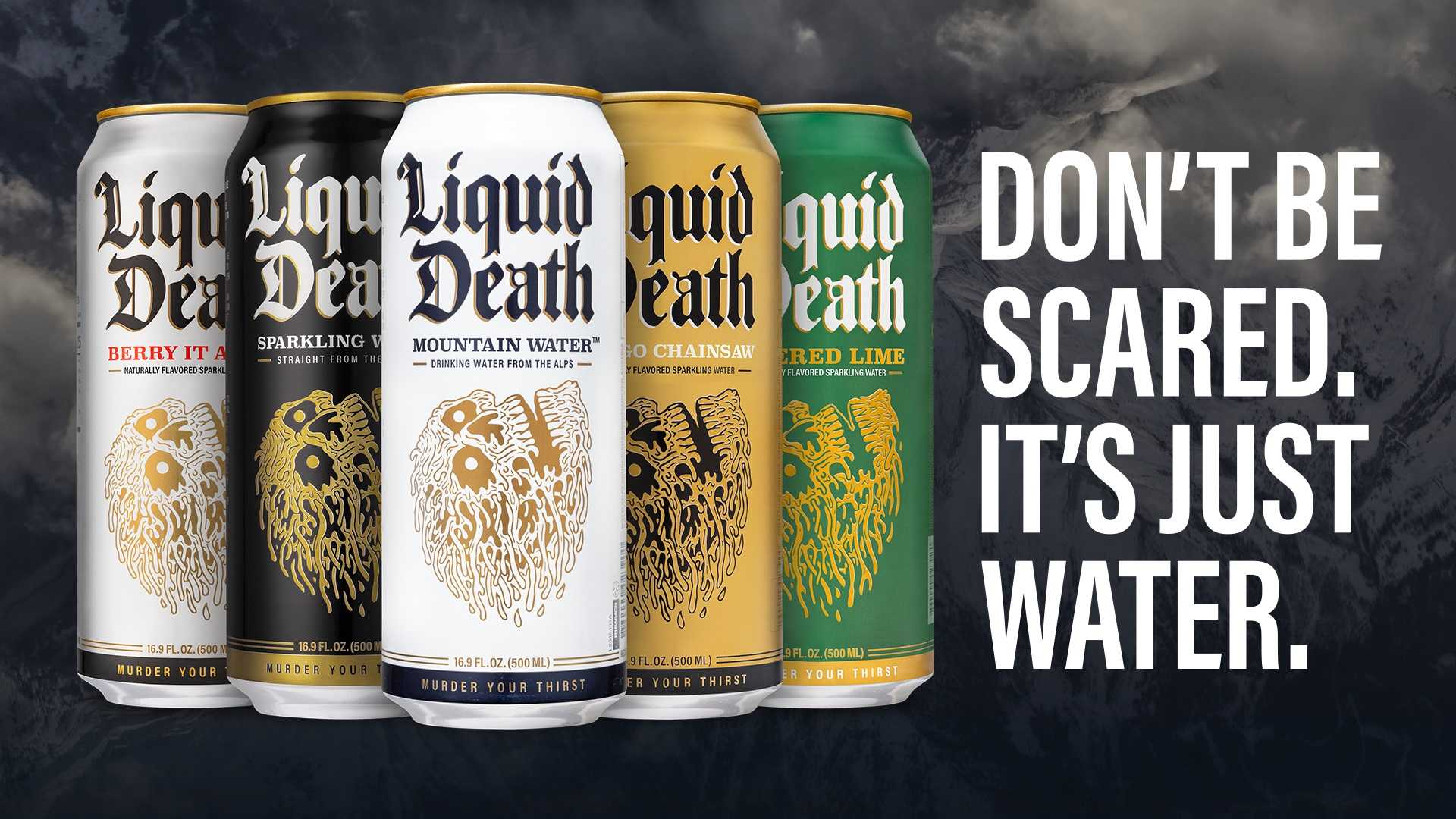Business
Liquid Death’s UK Exit Sparks Debate on Brand Strategy and Market Understanding

LOS ANGELES, Calif. — When news surfaced that Liquid Death, a canned water brand, exited the UK market, marketing professionals took to LinkedIn to speculate on the reasons behind the exit. Many suggested that the brand was ‘too disruptive’ or failed to understand market dynamics in the UK. However, the reality of Liquid Death’s situation is more nuanced. Contrary to popular belief, the brand did not fail; rather, it made a strategic decision to withdraw from a challenging market.
In its first year in the US, Liquid Death reported revenue of $2.8 million, largely fueled by a robust marketing budget. In contrast, the company exceeded $2 million in its inaugural year in the UK with minimal marketing effort. Such figures prompt a reflection on how success can be measured, especially when faced with differing market conditions.
The key challenge for Liquid Death was its shift in manufacturing from Austria to the US. This transition significantly affected its margins in the UK, prompting the company to pull out strategically rather than due to brand failure. As industry experts pointed out, the numbers indicate resilience despite the exit.
Emily Jeffrey-Barrett, founder and creative director of Among Equals, emphasized that while Liquid Death faced commercial realities, the narrative spun on social media was often oversimplified. Many echoed the sentiment that the brand struggled in the UK simply because it was ‘too interesting.’ Jeffrey-Barrett argues this perception misses the broader market complexities.
‘In the UK, the landscape differs greatly from the US,’ she stated. ‘There is no established market for ‘soft seltzer,’ which makes it difficult for brands like Liquid Death to gain immediate traction.’
During its rise in the US, Liquid Death disrupted the bottled water sector with its environmental marketing focused on reducing plastic usage. However, such disruptive strategies did not translate seamlessly across the Atlantic, where alternatives to plastic water bottles were already prevalent.
Jeffrey-Barrett notes, ‘The UK was already seeing an increase in brands offering eco-friendly options. Liquid Death entered a saturated market with expectations that did not align with its citation in the US.’
Another factor to consider is the method Liquid Death employed to establish its brand in the US versus the UK. The US strategy involved grassroots marketing activations, engaging directly with consumers in smaller, community settings. In contrast, its UK strategy centered on larger retail partnerships, which may have come across as aggressive to price-sensitive customers facing a cost-of-living crisis.
Premium brands like Tony’s Chocolonely and Oatly have succeeded in the UK market by building their reputations over time, engaging customers in relevant settings. Jeffrey-Barrett believes that this approach is essential for brands entering new territories to cultivate connections with consumers.
‘You must base your brand on the actual problems you are addressing for your target audience,’ she added, reinforcing the core principle of effective brand establishment. She emphasized the importance of understanding consumer psychology and market demand beyond what is merely trendy.
Though Liquid Death has amassed a notable following and even reported over $263 million in revenue in 2023, Jeffrey-Barrett warns surrounding hype does not indicate genuine success. ‘Having a successful brand is not just about being a trending topic; it requires a multifaceted approach that looks at product quality, pricing strategies, and market presence,’ she said.
The exit from the UK market may serve as an opportunity for brands to rethink their strategies when entering international markets. Understanding local preferences and conditions is paramount—a lesson that echoes through many successful brand transitions across the globe.
Despite the current perception of Liquid Death’s UK exit, experts suggest that with a refined approach, brands can continue to adapt and innovate within challenging environments and achieve sustainable success.
— 30 —












